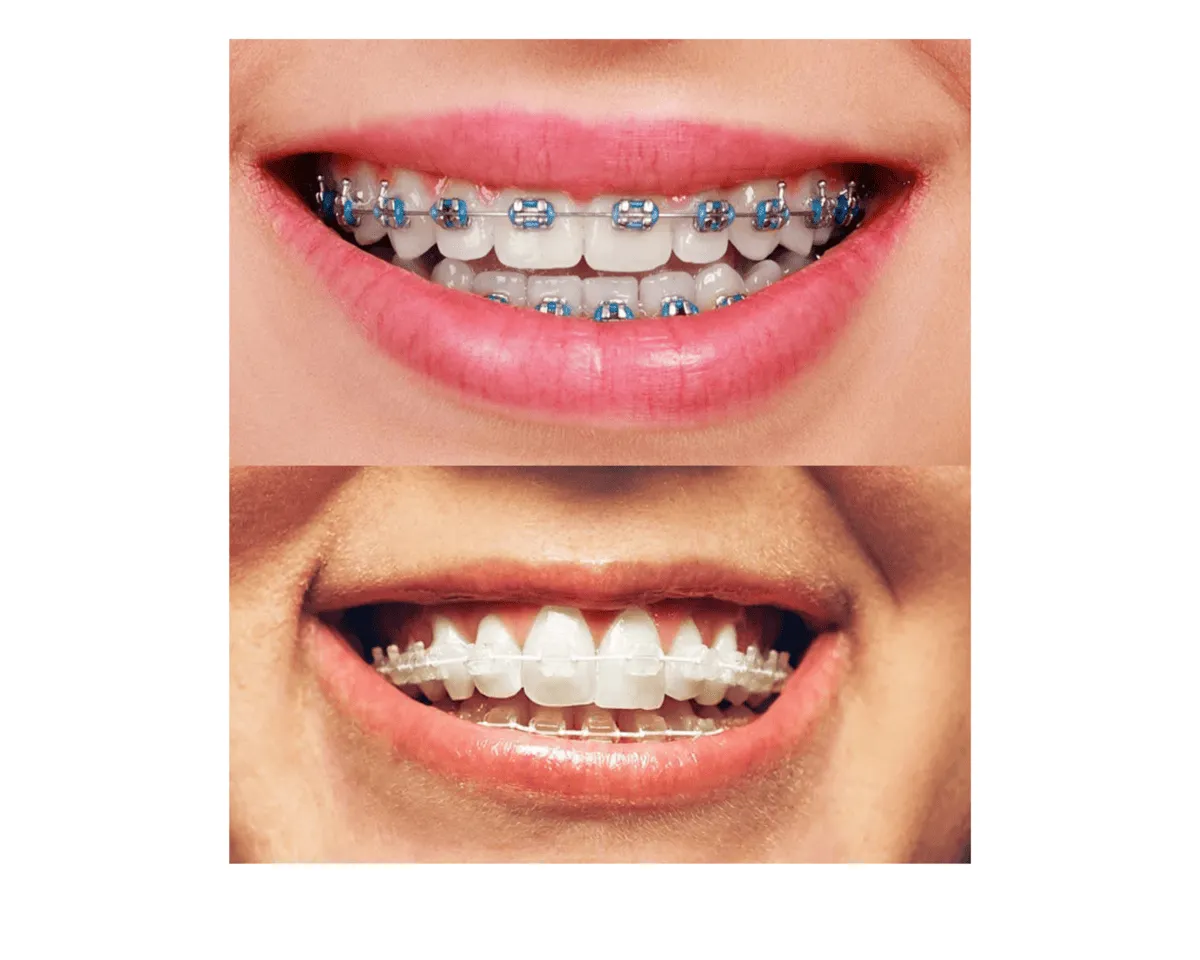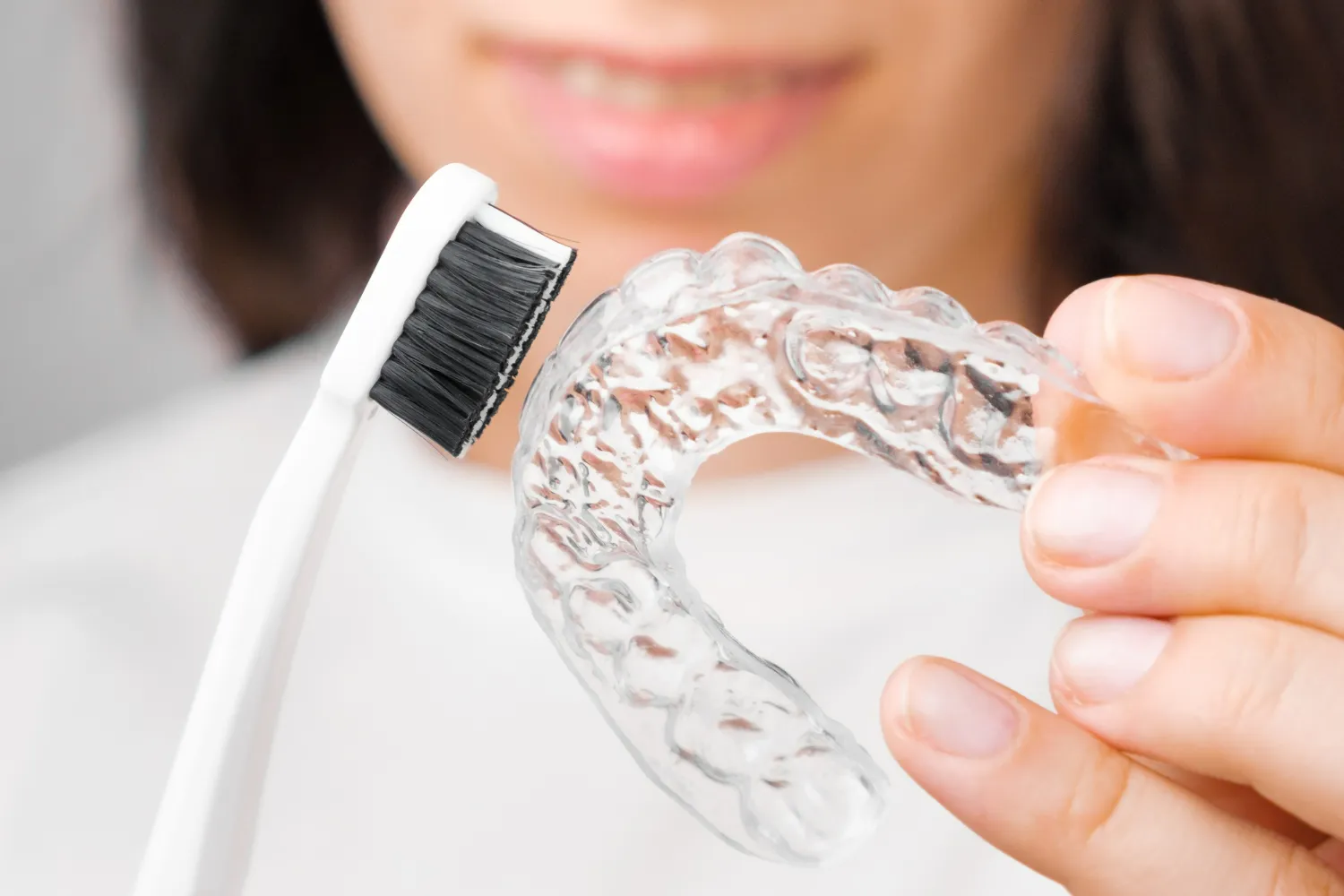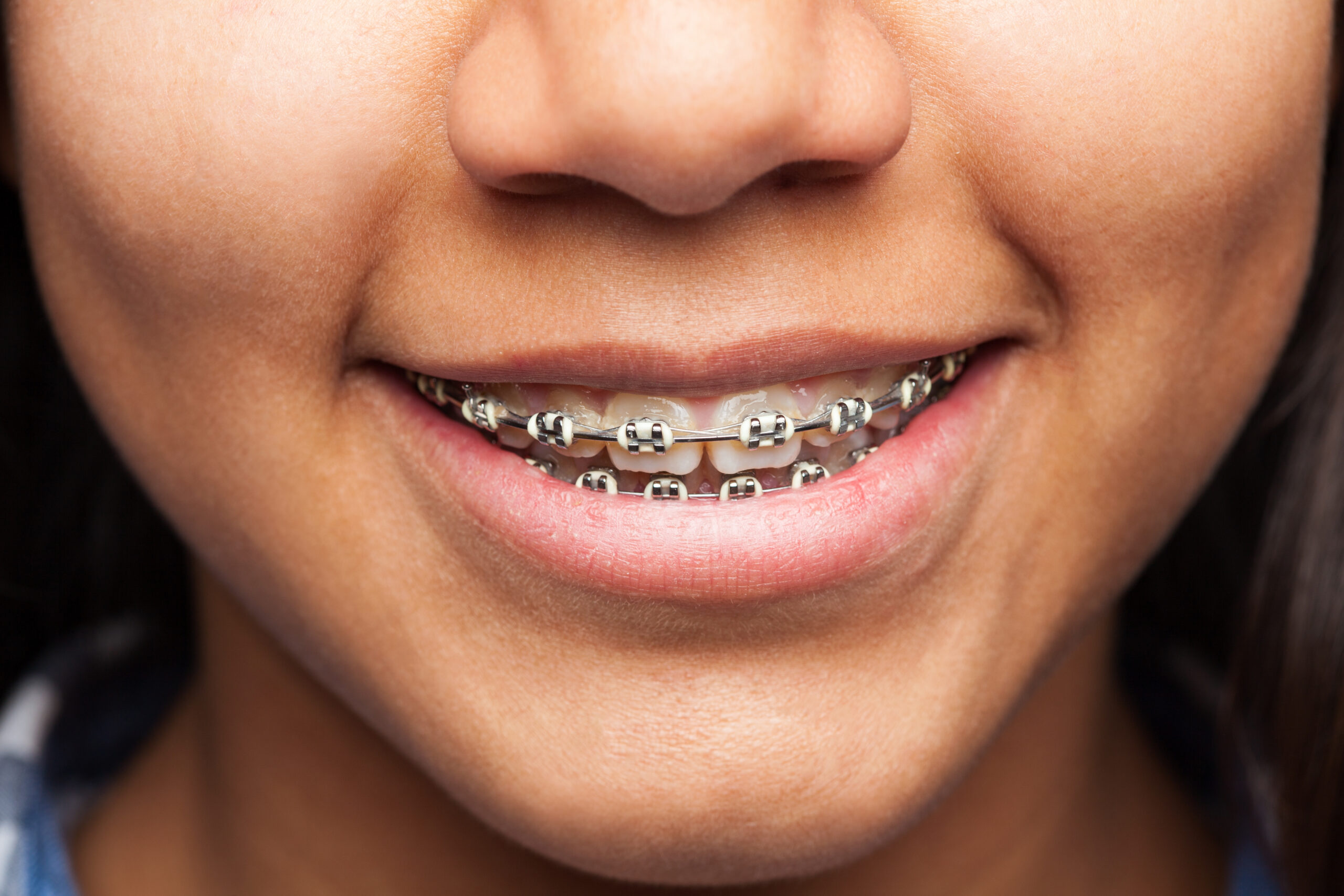So you are thinking about getting lingual braces, but are unsure about the impact it will have on your life. Do not worry, we are here to give you all the information you need to make an informed decision about whether lingual braces are the right choice for you?
What are Lingual Braces?
Lingual braces perform the same task as ordinary braces, but rather than be applied on top of the teeth and giving the whole “metal-mouth” look, they are placed behind the teeth in a discreet way and are barely visible to other people.
When a person wears lingual braces, the feeling inside the mouth can be similar to regular braces. You can expect similar issues with it affecting your speech, to begin with, and with food getting trapped inside the design. Whatever kind of braces you wear, the effect on speech is initially an inconvenience, but you will quickly adapt and can expect your speech to return to normal within a week.
How do Lingual Braces work?
Lingual braces work in a similar way to traditional braces. Gentle pressure is applied over a period of time by metal wires to move the teeth into the correct position, which is beneficial to both eating and delivering a perfect smile.
The ultimate aim is to have your teeth growing straight and remove any gaps. The top teeth need to align perfectly with the bottom teeth so that you can chew without causing damage to other teeth.
The Benefits of Lingual Braces
The primary benefit of lingual braces is purely cosmetic. They do not work any better or worse than conventional braces. The downside to this is that they are usually inserted by a professional orthodontist, rather than a standard dentist, which means that the cost can be significantly higher than regular braces.
The Process of Getting Lingual Braces
This will require two visits to an orthodontist. On the first visit, your teeth will be examined, the specialist will explain the depth of the problem and the length of time needed for a successful re-alignment, and moulds will be taken of your teeth.
These moulds will then be sent to a laboratory where your custom designed braces will be made.
On your second visit, a dental cement will be applied to the back of your teeth, and your custom braces will be fitted. The final stage is for a metal archwire to be inserted into the braces. The wire applies pressure to your teeth to gently force the re-alignment. Initially, this may cause a little discomfort, but this is quickly overcome.
How Long Do Lingual Braces Take?
Following the first appointment, it usually takes between four and six weeks for the lingual braces to be designed. The installation is usually completed in a single visit to the dentist, but severe cases may need further work before the final brace is applied.
The length of time the braces are worn varies between patients, depending on the amount of work required. Most people end up wearing braces for a between one and two years before they experience the results they hoped for. Extreme case may require a further year. If the teeth are in a particularly bad condition then the re-alignment may need to be undertaken in stages, and teeth may need to be pulled to facilitate the work.
During the wearing period, regular dental visits are necessary every few months to monitor the development of the teeth and carry out any necessary adjustments.
With any braces, the first few weeks are always the most uncomfortable.
However long it takes, ultimately, you will find it is a small inconvenience to develop a life-long perfect smile.
Care for your Lingual Braces
It is important to take every precaution to avoid damage to any type of brace. Avoid any solid or chewy sweets that can damage teeth or the brace. It is quite natural to alter your diet in the first few weeks to eat softer foods, as your teeth are likely to be more sensitive at this time.
You should maintain a healthy and regular teeth-cleaning regimen at all times.
Should your teeth or brace become damaged at any time, it is important that you visit a dental specialist immediately.
What to do Next
The first stage of any treatment is to visit your dentist for a consultation to discuss your individual circumstances.






